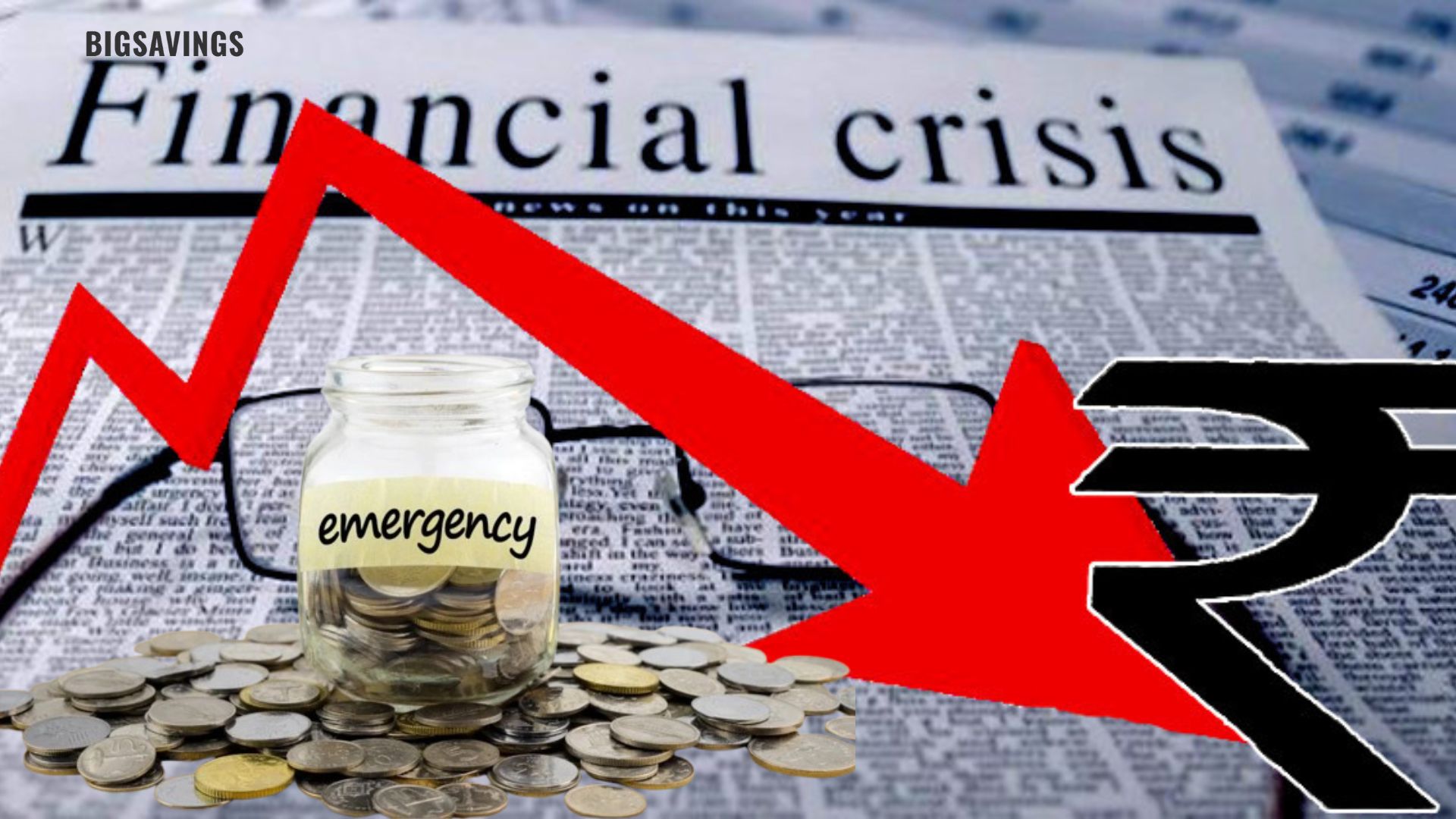When it comes to spending money, we usually face two types of situations: either it’s something urgent that requires immediate action, or it’s something that can wait. These situations can be broadly categorized into financial emergencies and financial nonemergencies. If you’re curious to understand more about these two types of financial scenarios, keep reading. We’ll break down the key differences between them to help you make better money decisions.
What Is a Financial Emergency?
A financial emergency is an unexpected event that demands immediate financial attention. These are often stressful and catch you off guard, leaving you scrambling to find the money to cover the sudden expenses. Let’s go over some real-world examples to illustrate:
- Medical Issues: Health problems can strike without warning. Whether it’s an accident or sudden illness, medical emergencies can result in hefty bills that need to be paid quickly. Without an emergency fund, you may find yourself making tough decisions about how to afford the care you need.
- Job Loss: Losing your job is a financial blow that can happen unexpectedly. Suddenly, you’re left without a paycheck, but your bills—like rent, utilities, and groceries—keep coming. Without savings to fall back on, this can quickly spiral into a bigger financial crisis.
- Home Repairs: Imagine your roof starts leaking during a heavy rainstorm, or your furnace breaks down in the middle of winter. These are urgent repairs that can’t be put off. If they aren’t addressed immediately, they can cause further damage or pose health risks.
- Car Breakdowns: For many of us, a car is essential for getting to work, running errands, and handling daily tasks. So, when your car breaks down unexpectedly, the cost of repairs can feel overwhelming, especially if you rely on it for your job.
- Legal Issues: Sometimes, legal troubles arise suddenly—whether it’s a lawsuit, legal fees, or needing to hire a lawyer. Legal expenses can add up quickly and need to be addressed immediately.
- Urgent Travel: Sometimes, situations like a family emergency or an unplanned work trip can arise, requiring last-minute travel. These unexpected trips often come with high costs, particularly if there’s little time to plan.
What Is a Financial Nonemergency?
In contrast, a financial nonemergency involves expenses that aren’t urgent and can be planned for. These are things you want to spend money on, but they don’t demand immediate attention. You have time to save up and decide when it’s the right time to spend. Here are a few examples:
- Home Improvements: Thinking about renovating your kitchen, adding an extra room, or landscaping your garden? These projects can improve your home’s value and aesthetics, but they don’t need to be done right away. You can take your time, save money, and plan ahead.
- Elective Medical Treatments: Some medical procedures, such as cosmetic surgery or laser eye treatments, aren’t essential. You can delay these treatments until you’re financially ready or find a payment plan that works for you.
- Luxury Purchases: Things like the latest smartphone, high-end fashion, or other luxury items fall into this category. While they might be nice to have, they’re not necessities. Waiting for a sale or saving up over time can help protect your budget.
- Investments: Whether you’re thinking about investing in stocks, property, or starting a new business, these financial decisions take time. You don’t need to rush into them. Doing your research and saving up can help ensure you make the right choice at the right time.
- Education and Skill Building: Want to take a course or attend a workshop to learn something new? While beneficial, these learning opportunities aren’t urgent. You can plan for them and budget accordingly.
- Gifts and Celebrations: Events like birthdays, anniversaries, and holidays often come with gift-giving expectations. However, these occasions can be planned in advance, giving you the chance to budget for presents without overspending.
Key Differences Between Financial Emergencies and Nonemergencies
Understanding the distinction between emergencies and nonemergencies can help you manage your money more effectively. Let’s break it down:
1. Urgency
- Financial Emergency: Requires immediate attention. These situations can’t wait, like a medical emergency or a car breakdown that needs to be fixed right away.
- Financial Nonemergency: Can be planned for. Renovating your home or buying a new gadget can wait until you’ve saved enough money.
2. Consequences
- Financial Emergency: Ignoring it can lead to bigger problems, like worsening health issues or further damage to your home.
- Financial Nonemergency: Putting it off might be disappointing, but it won’t have serious consequences. Delaying a vacation, for example, isn’t ideal but won’t impact your wellbeing.
3. Planning
- Financial Emergency: Often unpredictable. That’s why it’s so important to have an emergency fund.
- Financial Nonemergency: Can be anticipated. You know when you want to make a major purchase or take a trip, so you can start saving for it in advance.
4. Duration of Impact
- Financial Emergency: The effects can last a long time, especially if you don’t handle it well, like dealing with medical bills without insurance.
- Financial Nonemergency: Once you’ve made the purchase or investment, it’s usually a one-time expense unless you’ve taken on debt to fund it.
5. Emotional Stress
- Financial Emergency: Can cause significant stress due to its sudden and urgent nature.
- Financial Nonemergency: Typically involves less stress since you have time to think, plan, and decide the best course of action.
Quick Comparison Between Financial Emergency and Nonemergency
| Aspect | Financial Emergency | Financial Nonemergency |
|---|---|---|
| Definition | Sudden, urgent financial needs | Planned expenses that can wait |
| Timing | Requires immediate action | Can be addressed over time |
| Nature of Expense | Unexpected, like medical or car repairs | Anticipated, like vacations or luxury purchases |
| Impact on Budget | Can significantly disrupt budget plans | Fits within the established budget |
| Source of Funds | Requires emergency savings, loans, or other reserves | Funded through regular income or planned savings |
| Planning | Difficult to plan in advance | Can be anticipated and saved for |
| Examples | Job loss, medical emergencies, urgent repairs | Home improvements, elective medical treatments |
| Stress Level | High stress due to urgency | Lower stress as these are expected expenses |
| Insurance Coverage | May be covered by insurance (depending on the situation) | Generally not covered by insurance |
| Prevention | Hard to prevent, but an emergency fund helps | Can be managed with regular budgeting |
Conclusion
Understanding the difference between financial emergencies and nonemergencies is essential for better money management. Emergencies demand immediate action, and not being prepared can lead to serious consequences. On the other hand, nonemergencies are things you can plan for and take your time with, which gives you more control over your finances.
By recognizing these differences and learning how to plan for each, you can navigate your financial life more smoothly, making decisions that not only protect your budget but also reduce stress. So, next time you’re faced with a spending decision, ask yourself: “Is this an emergency or something that can wait?” Knowing the answer can make all the difference.


